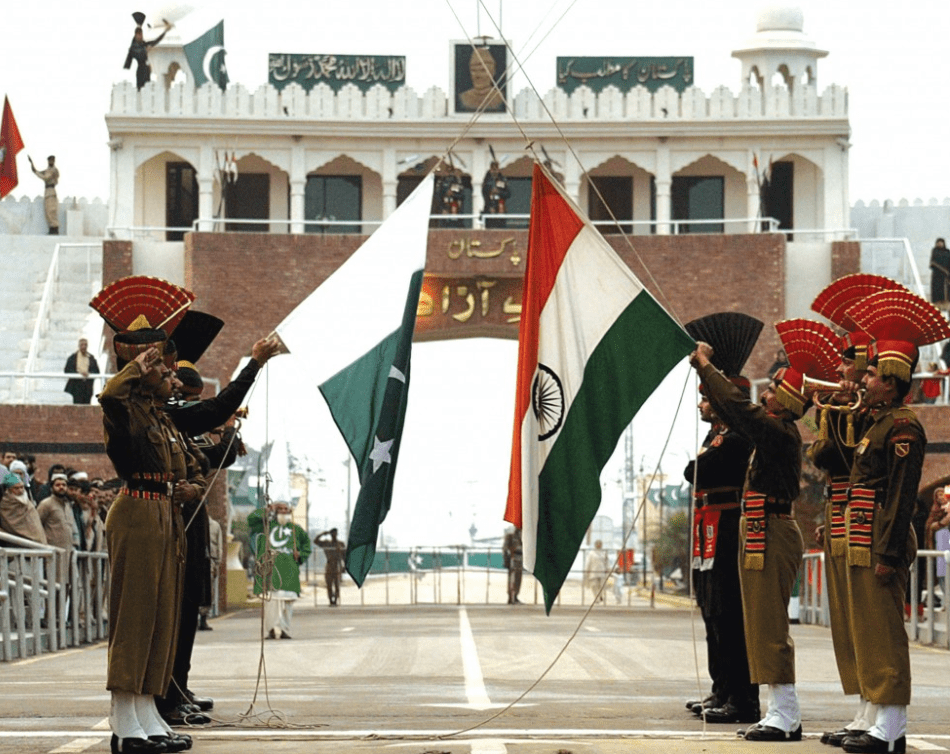Contacts
To advertise with British Muslim magazine, our website and email newsletters, email Robyn
Having problems with your subscription?
Email:
[email protected]
To contact the editor email
[email protected]
According to legend, Lahore was once named Lavapura, after a mythological Hindu figure from the Ramayana. A vacant temple dedicated to this figure is contained inside the Lahrore Fort.
Prior to the partition in India in 1947, a third of Lahore’s population was Hindu and Sikh.
Lahore’s Hindus used to reside in ‘distinct enclaves’. The city’s Hindu and Sikh population left en masse during the partition and shifted to East Punjab and Delhi in India.
In the process, Lahore lost its entire Hindu and Sikh population.
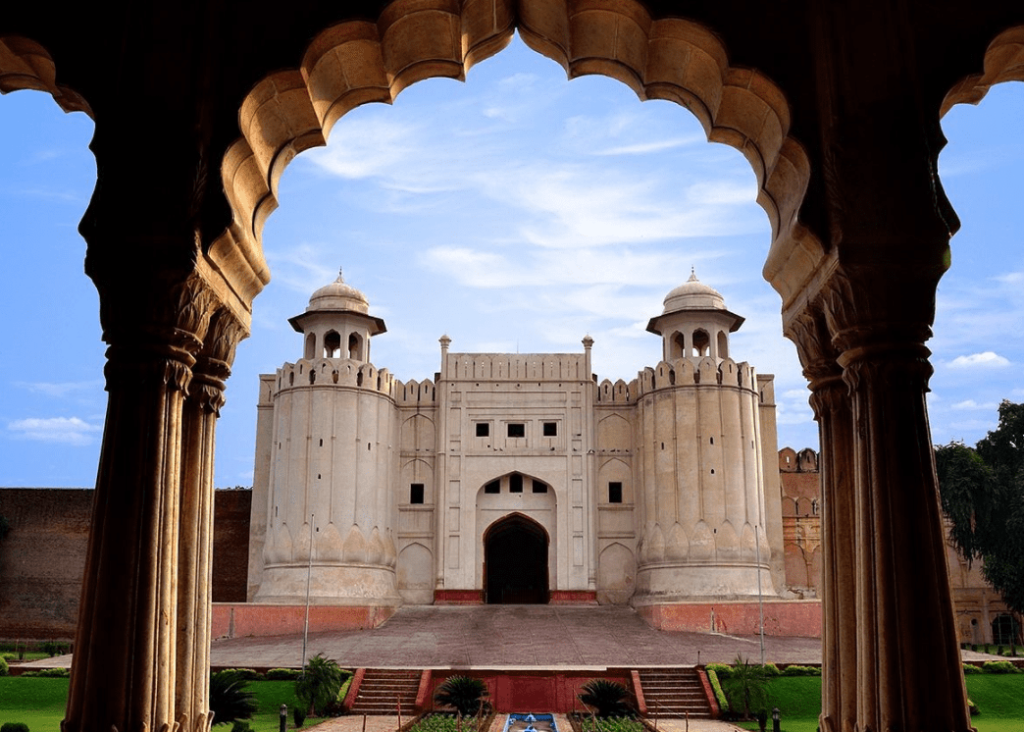
Several other leading Sufi saints are buried in Lahore. These Sufi shrines have contributed to making Lahore an important place of pilgrimage. Some of Sikhism’s holiest sites are situated inside Lahore.
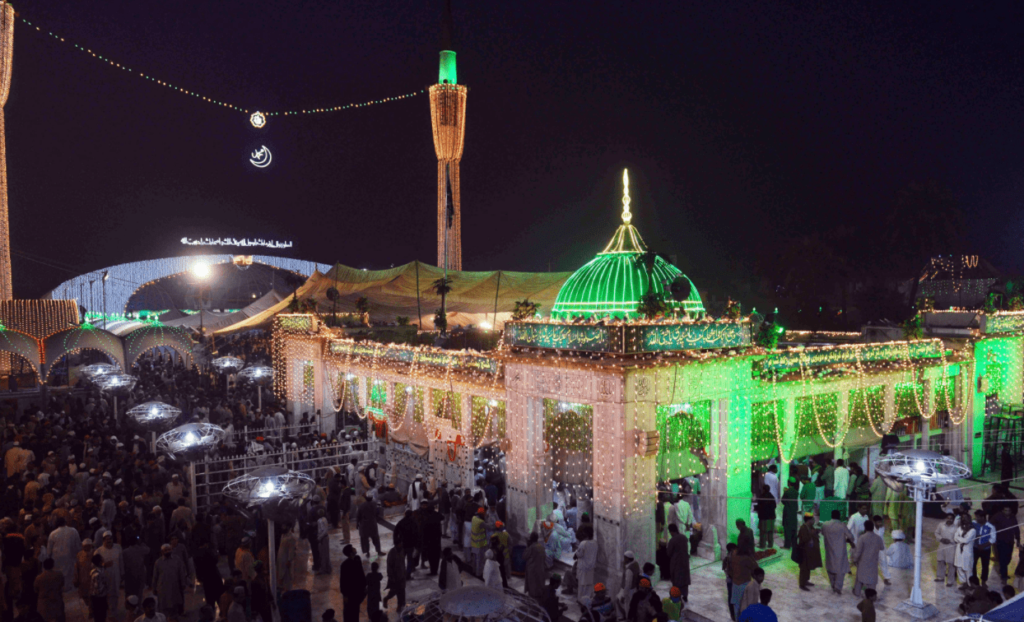
The Sheesh Mahal (The Palace of Mirrors) is located within the Shah Burj block in northern-western corner of Lahore Fort. It was constructed under the reign of the Mughal Emperor Shah Jahan in 1631-32.
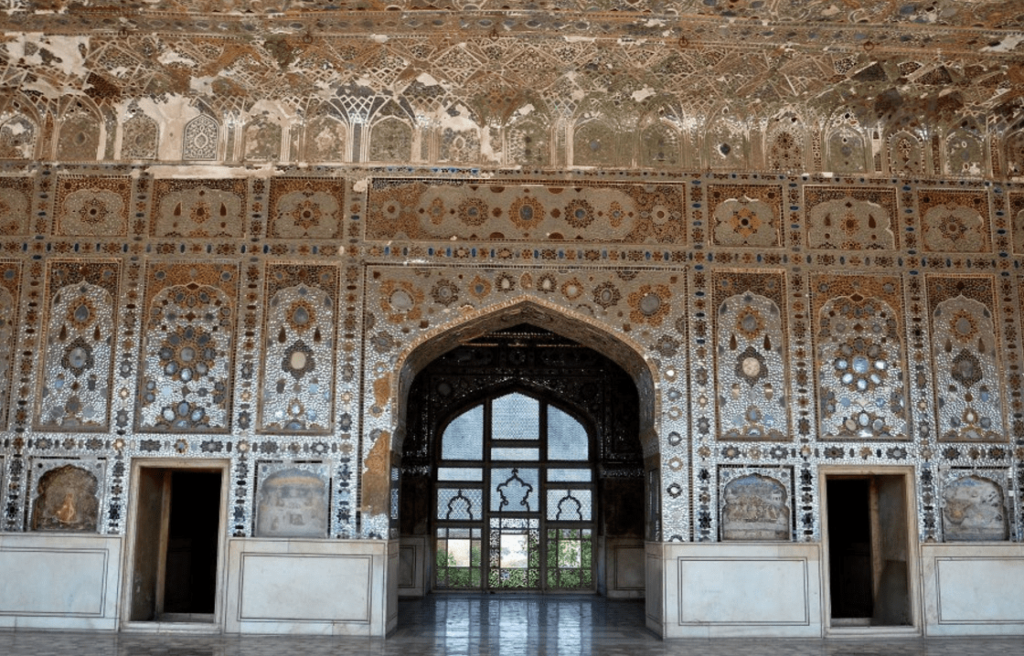
The beautiful ornate white marble is inlaid with pietra dura and complex mirror-work of he finest quality. As part of the larger Lahore Fort Complex, it has been inscribed as a Unesco World Heritage site since 1981.
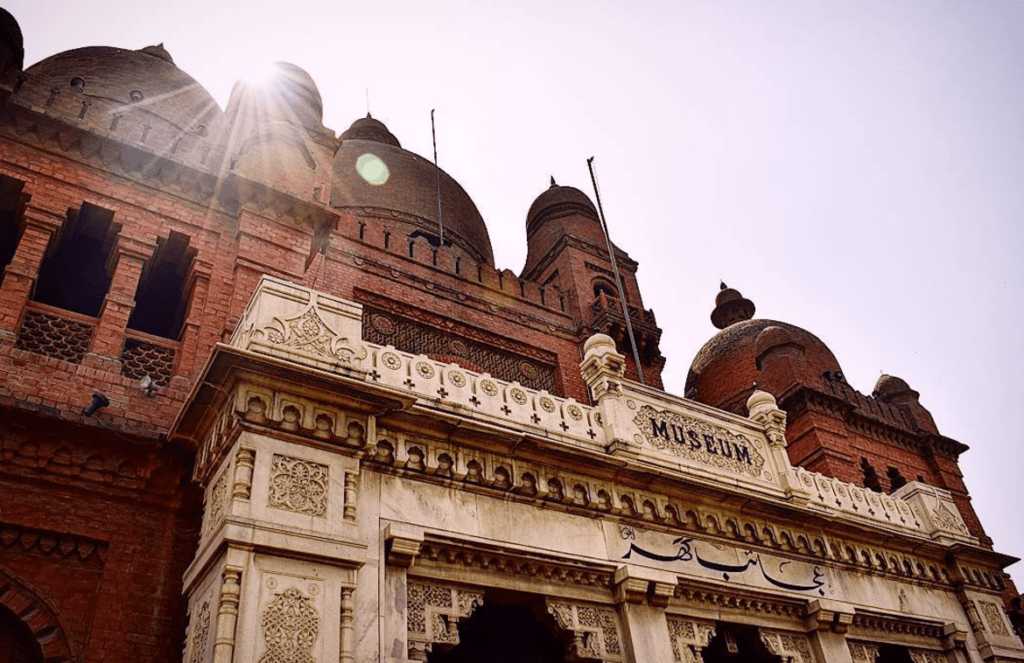
The Shalimar Gardens, is a Mughal garden complex, where the gardens began construction in 1637 C.E, during the reign of Emperor Shah Jahan and was completed in 1641.
The Shalimar Gardens were laid out as a Persian paradise garden. The gardens measure 658 metres by 258 metres, and cover an area of 16 hectares east of Lahore’s Walled City. The gardens are enclosed by a brick wall that is famous for its intricate fretwork.
In 1981 the Shalimar Gardens were also inscribed as a Unesco World Heritage site as they embody Mughal garden design. The gardens date from the period when the Mughal Empire was at its artistic and aesthetic zenith.
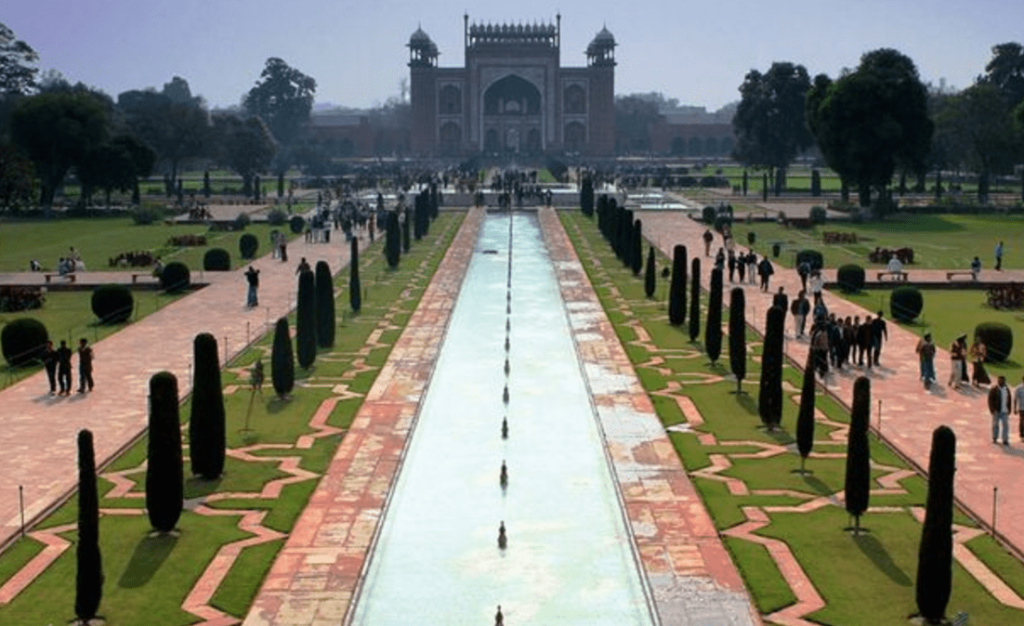
The Badshahi Mosque is a Mughal era mosque in Lahore, capital of the Pakistani province of Punjab. The mosque is located west of Lahore Fort along the outskirts of the Walled City of Lahore. The mosque is widely considered to be one of Lahore’s most iconic landmarks.
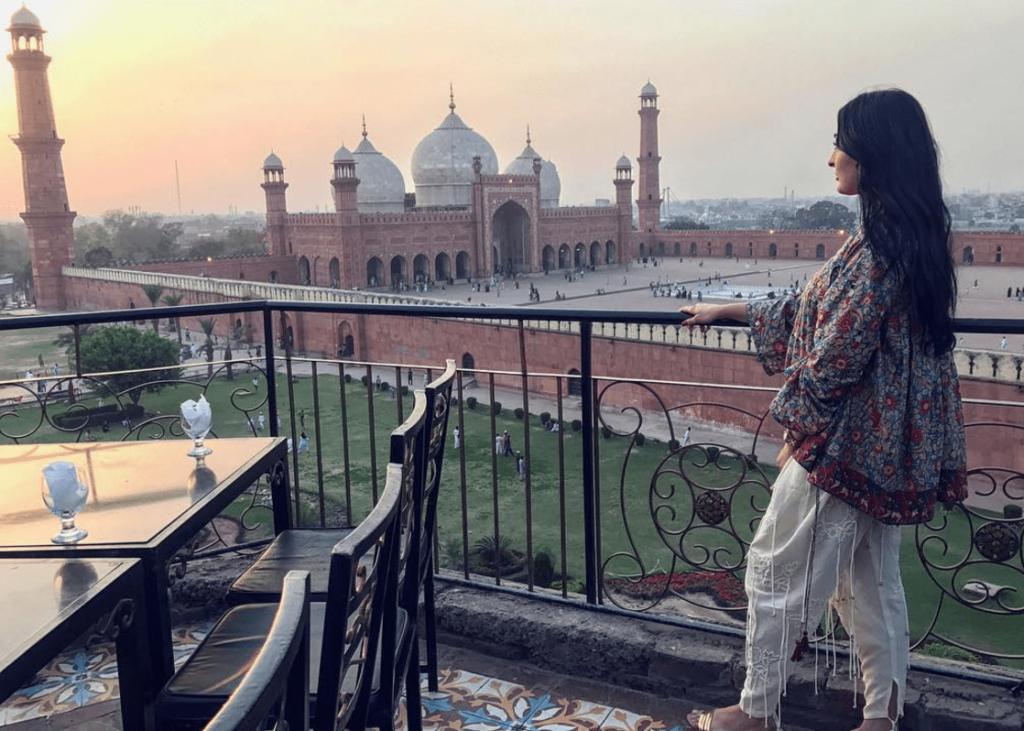
Minar e pakistan is a public monument located in Iqbal Park, Lahore. The tower was constructed during the 1960s on the site where the All-india muslim league passed the Lahore resolution on 23 March 1940 – the first official call for a separate and independent homeland for the muslims of British India.
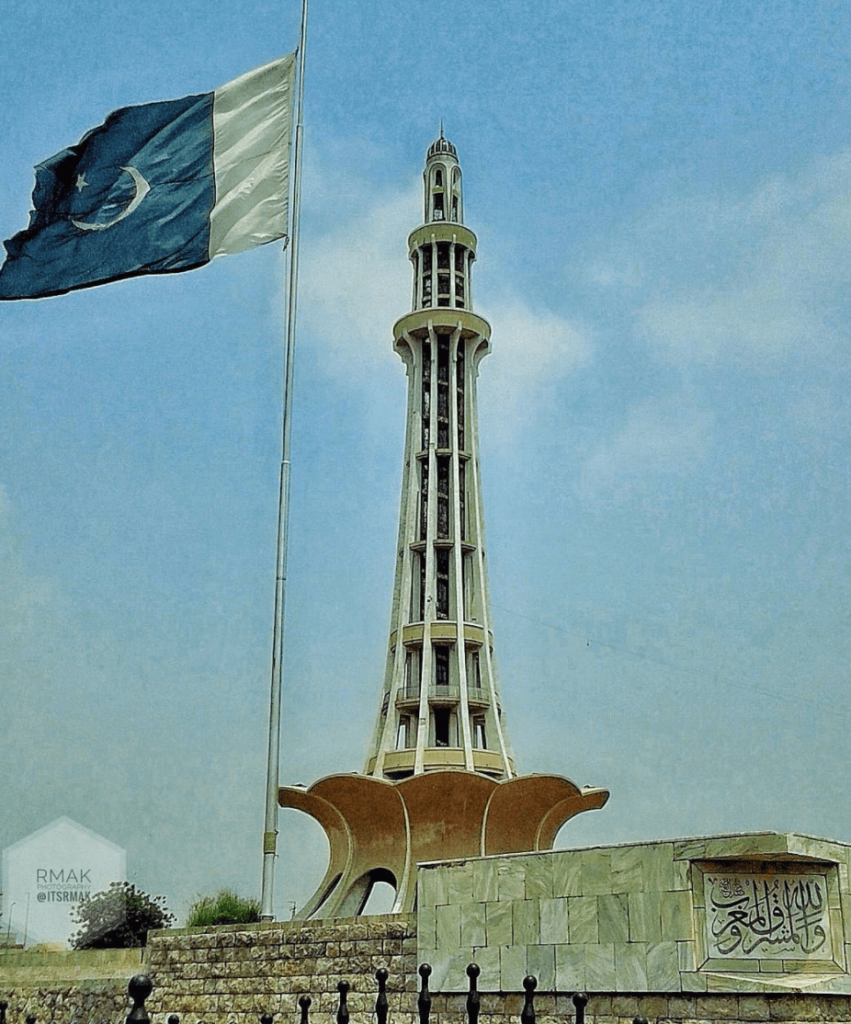
The shopping in Fortress Square Mall, Lahore is great value and has a large stretch of amazing restaurants and outlets. Log on to www.fortresssquare.com

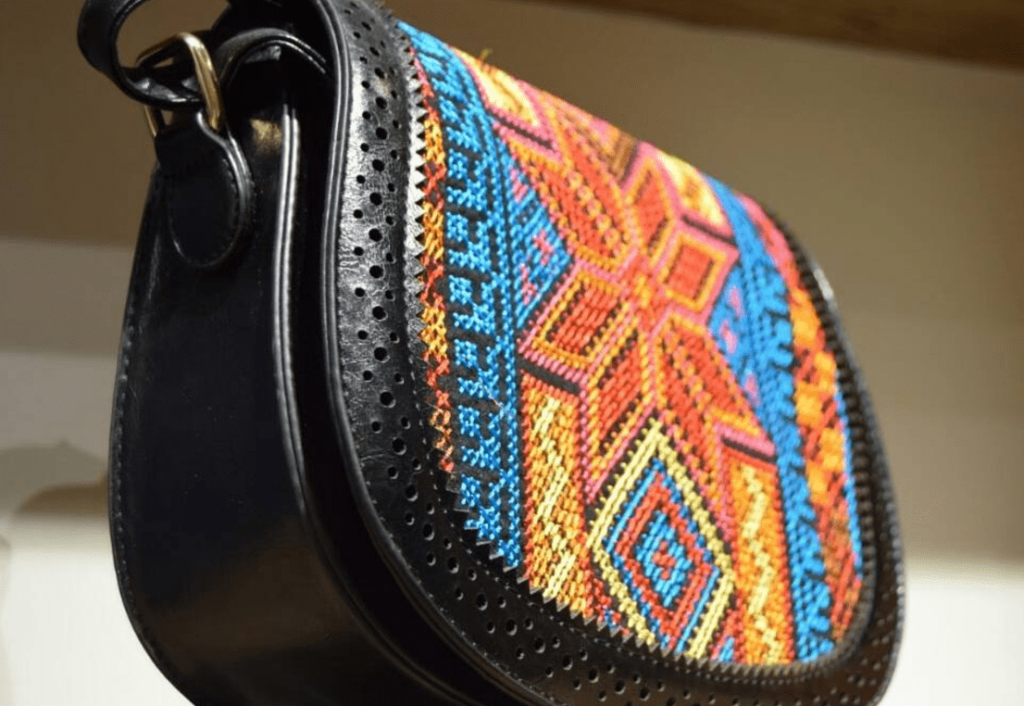
A trip to Lahore would not be complete without an evening at the Wagah border. If you have time, be sure to visit as its an amazing experience. This area marks the border between Pakistan and India. Which was once, one area. Every evening tourists come to experience a very unique experience called the Wagah border ceremony, which is a military practice performed by both Pakistan and India at the same time since 1959. The cheering crowd and vibe is great!
Once the border opens, one bus from India is let into Pakistan and vice versa.
